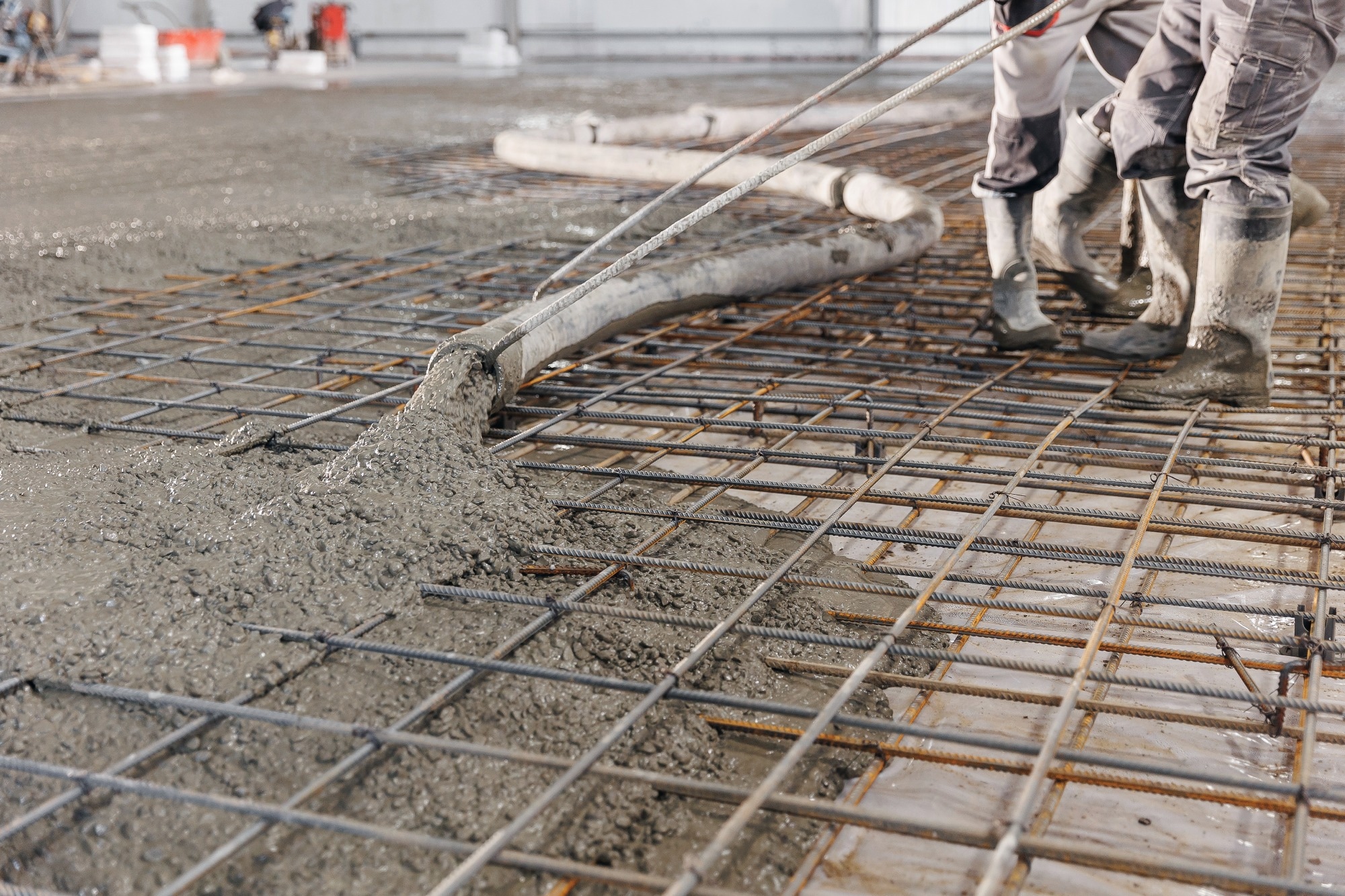Artificial intelligence is changing the way researchers predict concrete strength, with a new study in Cleaner Materials showcasing machine learning (ML) models developed using RapidMiner® software.
 Study: Comparative use of different AI methods for the prediction of concrete compressive strength. Image Credit: Parilov/Shutterstock.com
Study: Comparative use of different AI methods for the prediction of concrete compressive strength. Image Credit: Parilov/Shutterstock.com
The researchers analyzed data from over 5373 concrete formulations to test the accuracy of AI-driven predictions for compressive strength in various concrete mix designs incorporating supplementary cementitious materials (SCMs).
Background
Ordinary Portland cement, a key ingredient in concrete and mortar, contributes to at least 7 % of global CO2 emissions annually. One approach to reducing this impact is replacing a portion of cement with SCMs, which offer benefits such as pozzolanic, hydraulic, and filler properties.
However, predicting the behavior of SCM-based concrete in both fresh and hardened states is complex, as it does not adhere to traditional formulation rules. Additionally, designing and engineering such concrete can be costly. As a result, AI-driven predictive modeling has gained traction in the construction industry as a means of estimating concrete's mechanical properties more efficiently.
By leveraging AI and ML techniques, the researchers aim to overcome the limitations of conventional methods, which often require extensive testing and rely on subjective expert assessments. This study set out to compile a diverse database of concrete formulations and use AI-driven approaches to predict compressive strength.
Methods
The study gathered data from 137 literature sources and technical papers, compiling information on over 5373 concrete formulations. Key input parameters included cement, water, gravel, sand, SCMs, superplasticizers (SP), and curing age. The SCMs considered were ground granulated blast furnace slag (GGBFS), metakaolin (MK), and limestone fillers (LF).
Output parameters included density, elastic modulus at 28 days, water absorption, and various strength metrics such as compressive, flexural, and tensile strengths. To ensure model accuracy and avoid overfitting, one-third of the dataset was used for training, while the remaining two-thirds were allocated for validation.
The researchers employed RapidMiner® to process the datasets and test different ML techniques. Five models—generalized linear (GL), decision tree (DT), random forest (RF), support vector machine (SVM), and gradient-boosted tree (GBT)—were applied to predict the compressive strength of the eight concrete mix designs containing SCMs.
To validate the AI models, experimental tests were conducted on eight concrete formulations with varying cement content (390.0–155.0 kg/m3), water content (198.9–117.6 kg/m3), water-to-binder ratios (0.61 to 0.45), and different proportions of GGBFS, MK, LF, sand, and gravel. These concrete samples were tested in both fresh (slump test) and hardened (compressive strength) states.
Results and Discussion
The AI models were evaluated based on adaptability, accuracy, and sensitivity using error metrics such as mean absolute error, relative error, root mean squared error, mean squared error, and mean absolute percentage error. Among all models, the GBT consistently showed the highest accuracy, achieving a correlation coefficient of over 94 % across most datasets.
However, the GL model underperformed, particularly with the GGBFS dataset, where it recorded a 23 % relative error. The SVM model also struggled with the MK dataset, likely due to the smaller dataset size. In contrast, RF was the most reliable predictor for the LF datasets.
Sensitivity analysis revealed that cement content, SP, and curing age had the most significant positive effects on compressive strength, while water had a consistently negative impact. SCMs were also found to reduce compressive strength, which researchers attributed to the unaccounted pozzolanic effects in the AI models.
Comparing the predicted and experimental values for different concrete formulations, RF and deep learning (DL) models consistently exhibited lower error metrics, indicating greater prediction accuracy. However, the GBT model's accuracy varied across different formulations. The DT and SVM models tended to have higher error metrics in experimental validation, making them less reliable for certain datasets.
Conclusion and Future Prospects
This study provided a comprehensive comparison of multiple ML models for predicting concrete compressive strength, with the GBT model emerging as the most accurate overall.
To further improve prediction accuracy, researchers recommend increasing the dataset size while ensuring data quality, consistency, and completeness. Additionally, exploring alternative AI techniques, such as artificial neural networks, could enhance predictive performance through hyperparameter tuning.
Future studies could also incorporate additional factors affecting concrete properties, such as pozzolanic activity, durability, shrinkage, creep, and environmental influences like temperature, humidity, and curing conditions. Expanding the dataset to include these parameters would likely improve model robustness and real-world applicability.
Journal Reference
Amar, M. (2025). Comparative use of different AI methods for the prediction of concrete compressive strength. Cleaner Materials, 15, 100299. DOI: 10.1016/j.clema.2025.100299. https://www.sciencedirect.com/science/article/pii/S2772397625000085
Disclaimer: The views expressed here are those of the author expressed in their private capacity and do not necessarily represent the views of AZoM.com Limited T/A AZoNetwork the owner and operator of this website. This disclaimer forms part of the Terms and conditions of use of this website.